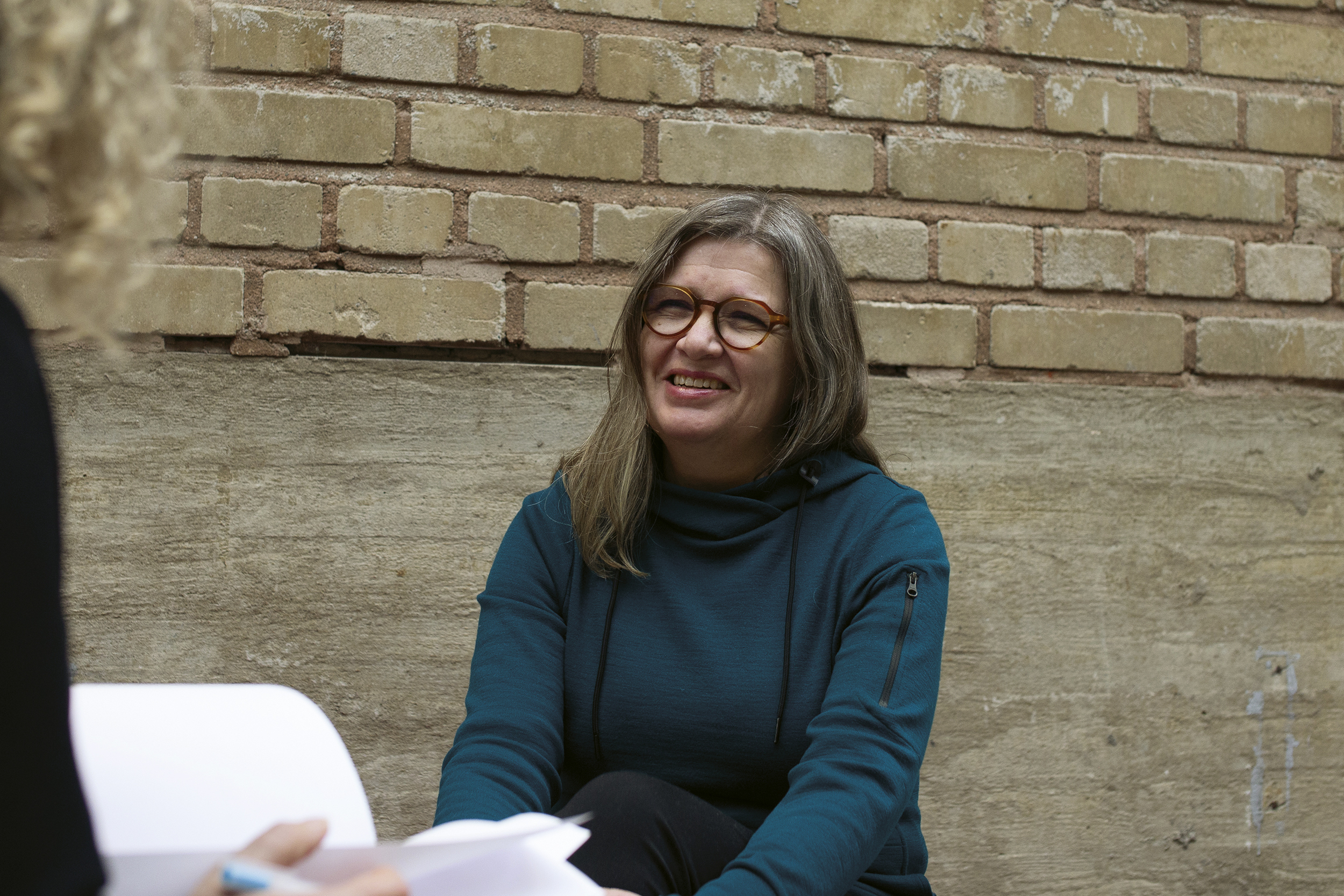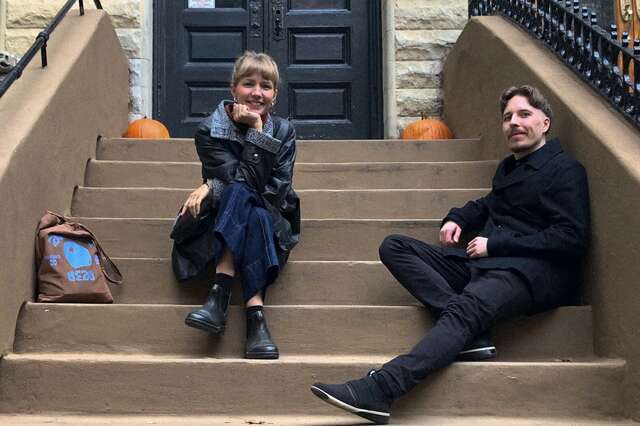Discussing Archinfo, part 2: Architecture education is communication
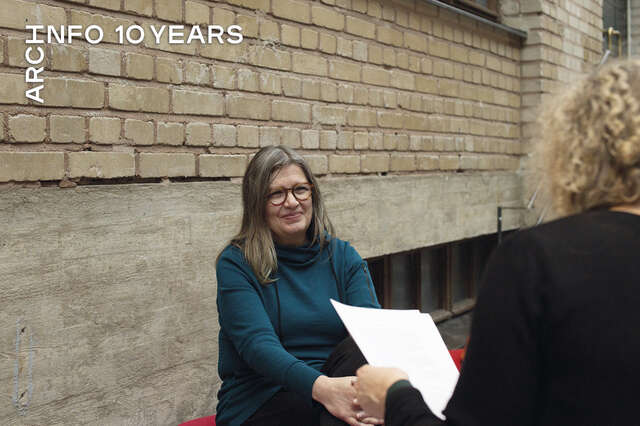
Linda Peltola
In the young information centre, which had started its operations in 2013, there was a strong sense of purpose and ambition. Expert of architecture education, Jaana Räsänen, who worked at Archinfo until 2019, had a chat about the early years with our head of communications, Miina Jutila.
I'm meeting Jaana Räsänen at the Cable Factory in Helsinki, where Arkki School of Architecture for Children and Youth is located. Since 2019, Jaana has been the school’s principal. Before her current position, she worked at Archinfo since the establishment of the information centre in 2013 – and even before as she was also involved in preparing the new organisation’s establishment.
"At the turn of 2010–2011, I came to assist Tiina Valpola in conducting a background survey on the operators and operational environment of the architecture sector. The study led to establishing the Information Centre for Finnish Architecture, which in turn led to my joining this new organisation," Räsänen recalls her early days at Archinfo.
We can say that Jaana worked for the benefit of Archinfo for more than eight years. Therefore, she has an exceptionally long perspective on the development of the information centre.
As Tiina Valpola, the information centre's first director, explained in the opening part of our series, Archinfo's operations in the early years were dominated by architectural policy and architectural education. In these areas, strong links had already been established with ministries and the international field, but in addition, Valpola's background was in architectural policy and Räsänen's architectural education. Did their personal histories influence the strategic direction of the information centre?
"I didn't find it strange at all that architectural policy and architectural education played a major role in the activities of the information centre because architectural education is all about communications!" says Jaana.
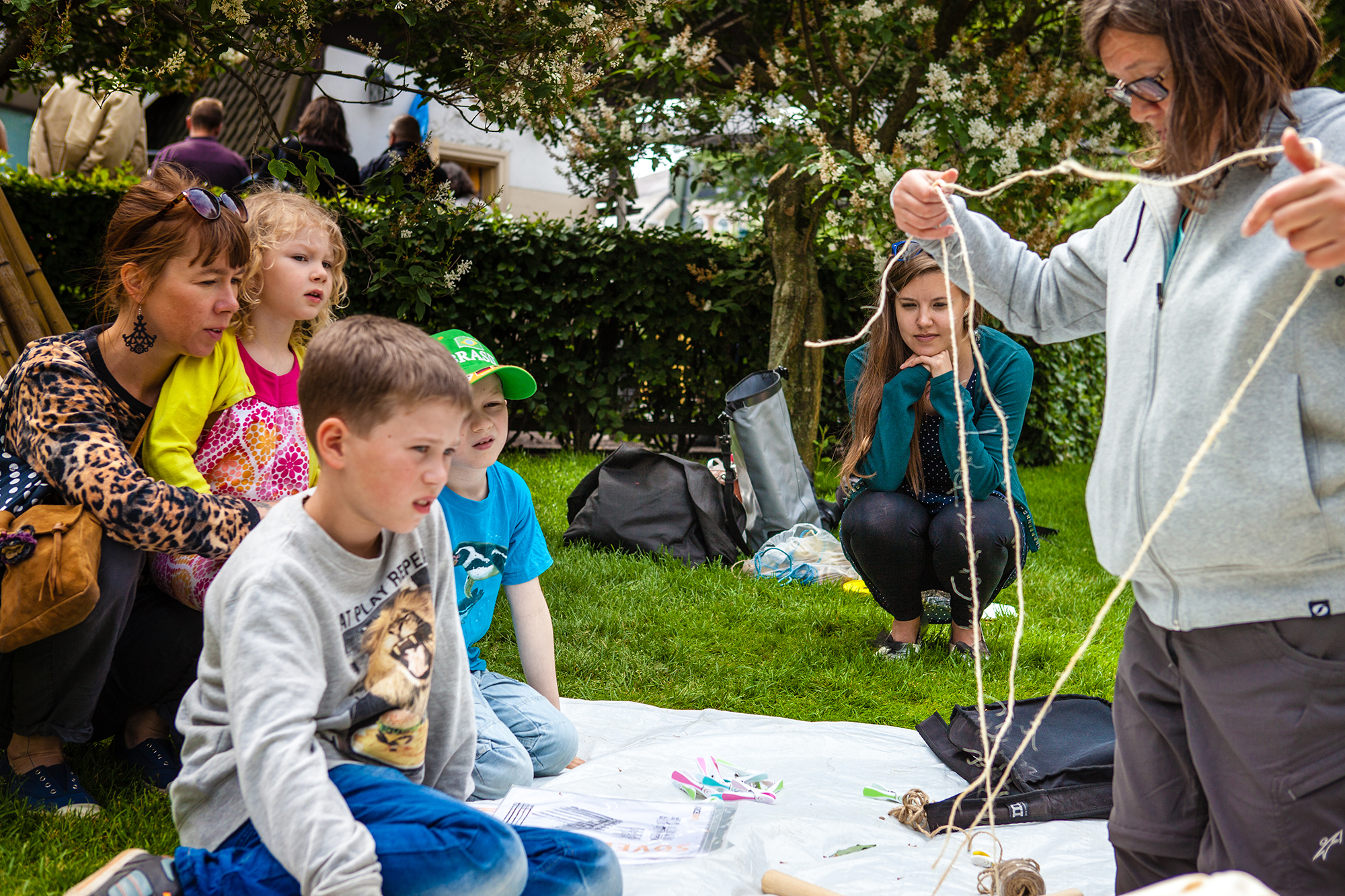
"Architecture education is about sparking an interest in architecture. In fact, from this perspective, everything that Archinfo does even today is architectural policy and education," Jaana notes.
In other words, architecture education means sharing knowledge?
"Architecture education helps us to understand the built environment and its phenomena. In the English language, the word ‘architecture’ is usually associated only with buildings, but in Finland, architecture is understood in a broader sense: it ranges from small details to large entities. We approach the subject differently with different target groups; for example, with children, architecture education focuses on doing things," Jaana explains.
Building a national dimension through architecture education projects
"There was something splendid about Archinfo's starting point. On the other hand, the fact that the information centre did not have any communication people onboard at the beginning was a pity because by investing in communications, our activities would have reached a wider audience," reflects Jaana Räsänen.
Although Archinfo had set up both a Finnish and an English website already in late 2013, which were edited and developed further by Anni Vartola and, after her, part-time by Aino Salmi, the information centre didn’t have a communications officer in charge of all matters of communications until 2017 – when Archinfo and I crossed paths.
Instead, in 2013–2015, Jaana got a helping hand with the numerous projects in architecture education when Eeva Astala worked at Archinfo as a part-time expert – fittingly, after Jaana moved to her current job at Arkki, Eeva returned to Archinfo and stepped in her shoes.
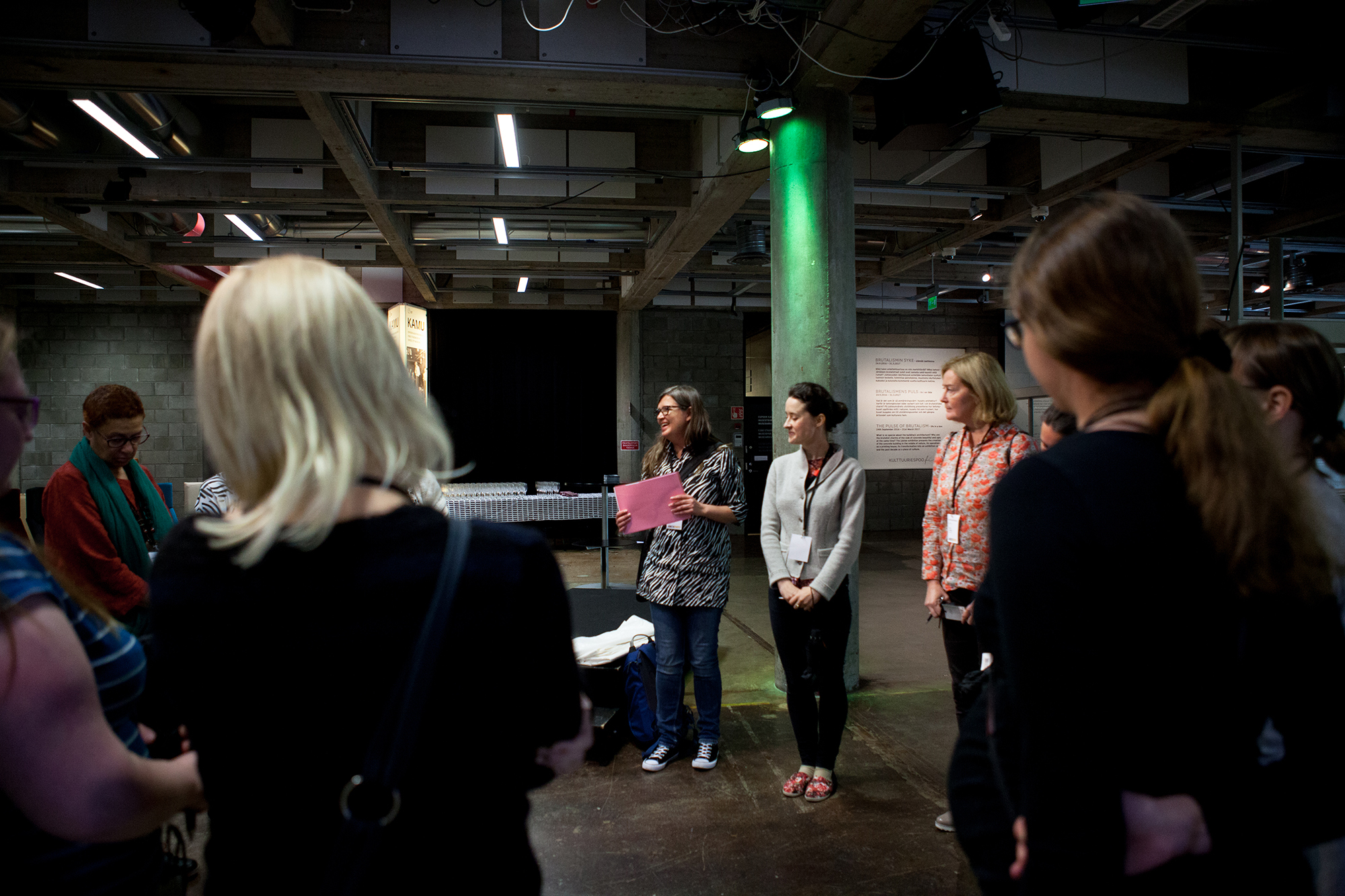
A lot happened in the field of architectural education. One of these projects was carried out in 2013–2014 in Kirkkonummi, a municipality in the capital region, and came along with the local architectural policy programme work in which Archinfo assisted the town. The project included a series of workshops and lessons for secondary school pupils involving 200 participants. The workshops were followed by an exhibition presenting young people's ideas about the current state and future of their town centre. The experience of the interactive process and the teaching materials produced as part of it were used to develop a model that can be applied further afield.
In 2014–2015, Archinfo launched two new websites dedicated to architecture education. The archi-e.fi learning platform for primary and secondary schools presented Finnish architecture in a fun way, while arkkitehdiksi.fi, a joint project with university architecture faculties, the Finnish Association of Architects and The Association of Finnish Architects’ Offices was aimed at young people interested in studying architecture.
"With the architecture education projects, we sought a national dimension. The websites created it, but we also went out to many different towns and cities. I had good educational networks from my time as a provincial artist, and I made contacts and explored what was happening in the communities. People also came into contact with us; for example, the Oulu Park project started that way," Jaana says.
The Park project was part of the initiative ‘Lapset kaupungissa’ (Children in the City), supported by the Ministry of Education and Culture, which was realised together with schools across Finland in 2015–2017.
"The project aimed to inspire teachers and pupils to use the school surroundings for teaching and learning."
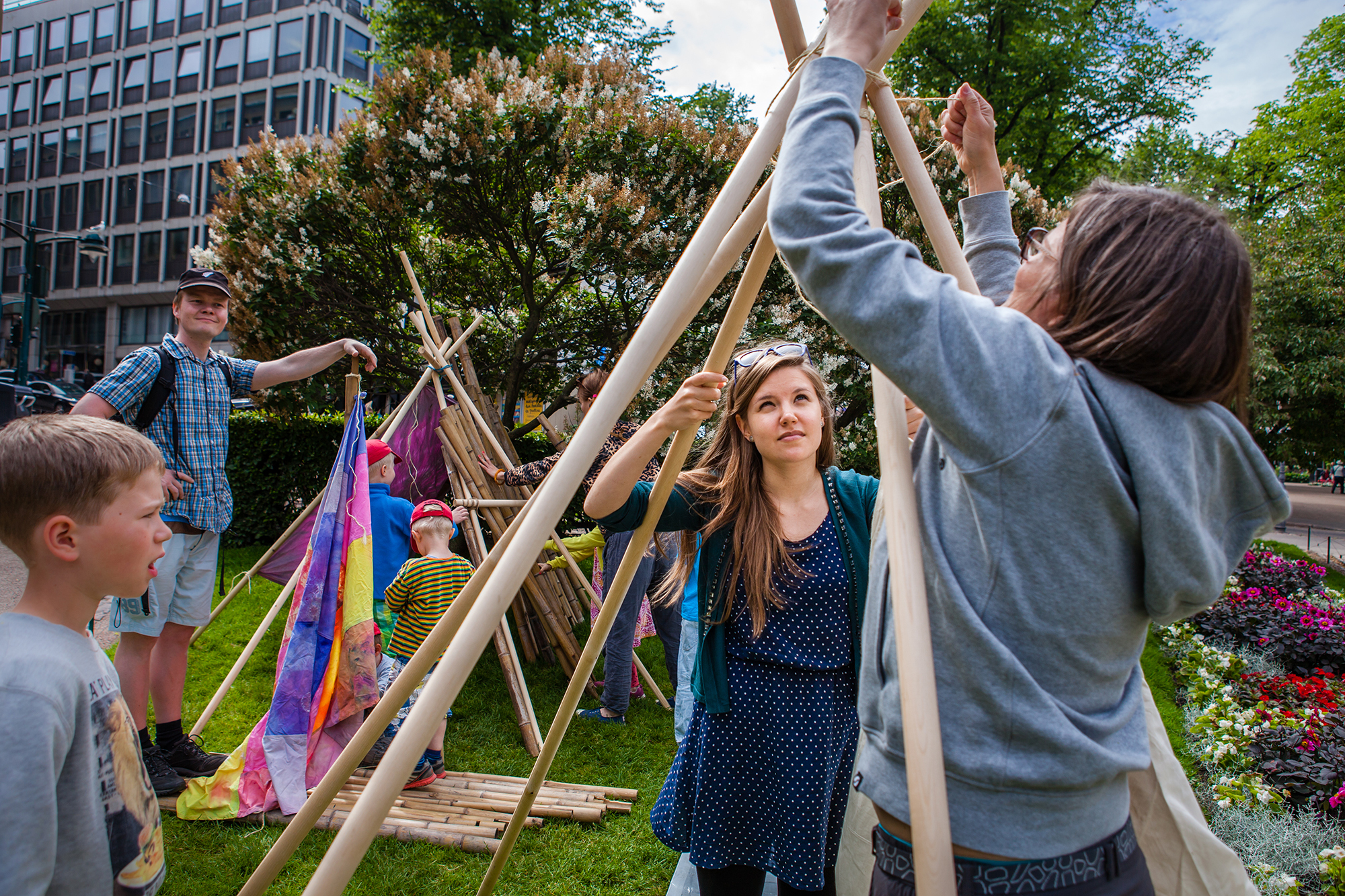
Simultaneously, Archinfo ran another project, which also received three-year state funding, to create opportunities for new operators to establish architecture clubs throughout Finland.
In addition to these big projects, Jaana also found time to create, implement and support many other educational projects – and prepare teaching materials, write expert articles, produce online content, lecture nationally and internationally... Jaana's position as a pioneer and the foremost expert in architectural education is undisputed, as no one in Finland – or, as a matter of fact, in the world, since Finland was a pioneering country in architectural education – has a longer and more convincing list of achievements in architectural education than Jaana.
Press tours and public events
In 2015, Archinfo still had only two permanent full-time employees. This changed when Mikko Laak, who had started working on projects the previous year, was made a full-time event producer. In addition to architectural policy and education work, Archinfo organised a wide range of public events and was very active in the international field, too. Therefore, reinforcements were dearly needed.
Archinfo's aim was to annually invite international journalists to Finland, together with the Museum of Finnish Architecture (MFA) and the Alvar Aalto Foundation. In 2014 and 2015, Archinfo organised extensive press tours with a total of 14 media representatives, which, from today's perspective, seems staggering; something we could learn from: could we again manage to include such media activities in the framework of our resources?
Press tours to Finnish architectural sites and offices generated international media coverage, but Archinfo also generated media coverage itself. Together with the Museum of Finnish Architecture, the information centre produced exhibitions and accompanying events, for example, at the Shenzhen Bi-City Biennale of Architecture/Urbanism, the Biennale Architettura in Venice and the Deutsches Architekturmuseum in conjunction with the 2015 Frankfurt book fair, where the book and exhibition Suomi Seven – Emerging Architects from Finland was on display.
Re-Creation, an installation by Lassila Hirvilammi Architects and jointly produced by Archinfo and MFA for the previous Shenzhen Biennale in 2013, was seen afterwards not only in Venice in 2014 but also the heart of Helsinki in the summer of 2015. From June to September, the wooden pavilions were set up in the Esplanade Park, accompanied by a series of events: talks, guided tours and workshops, almost 50 events in all.
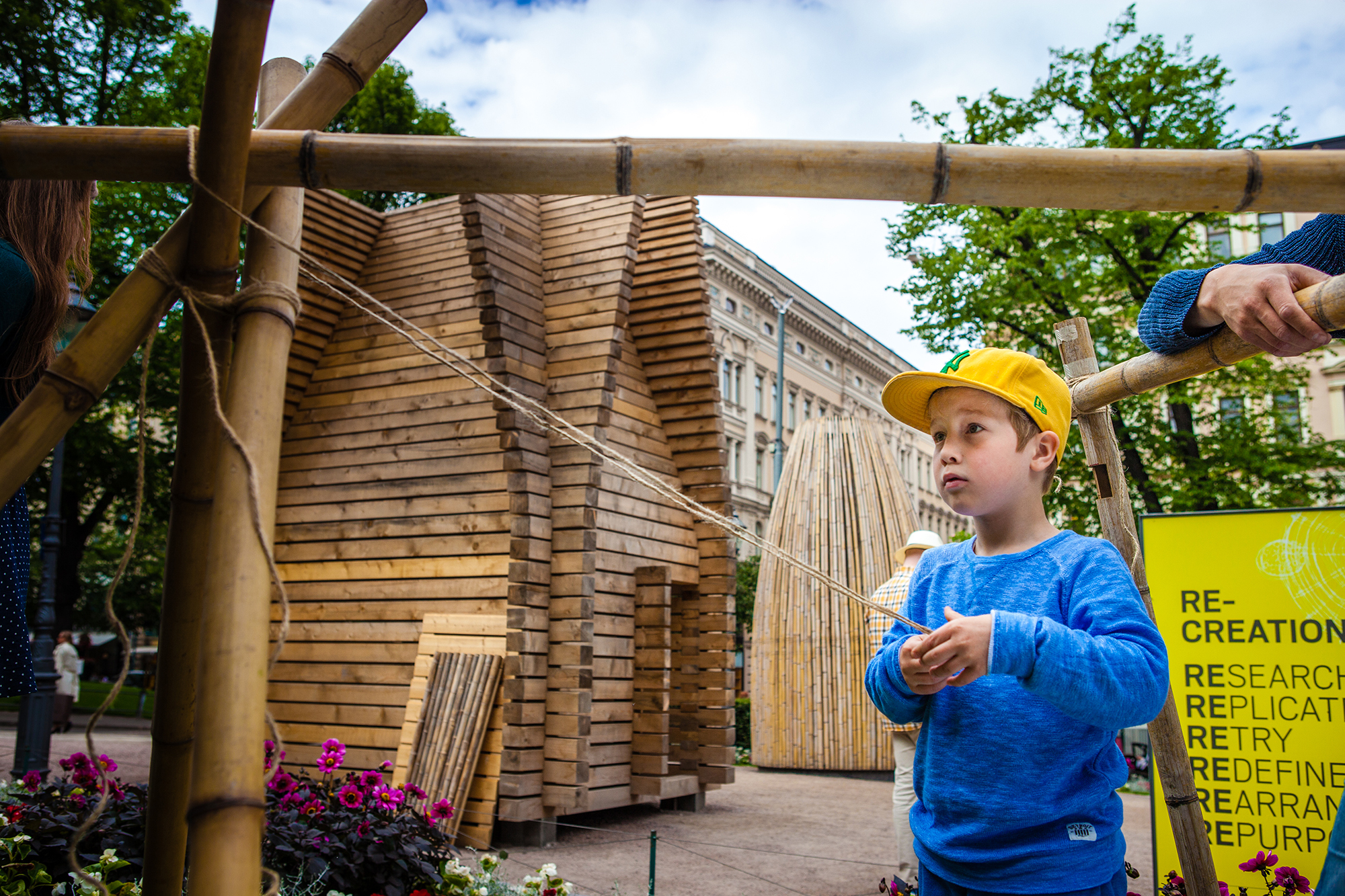
From collective action to an independent information centre
As this article concentrates on the early years of Archinfo, which was mainly run just by two people, I can't help but marvel at the abundance of activity and the spirit of aiming high that prevailed at the time. For example – in addition to the four websites already mentioned in this article – in 2014, Archinfo launched the development of the Finnish Architecture Navigator, an online service for Finnish architecture; not a small project in itself, either. The objective was that by 2017, the service would have published more than 2,000 architecture sites with descriptive texts, images and information.
Although the objective proved to be unrealistic, the Finnish Architecture Navigator is still going strong and is an integral part of Archinfo's operations, and today's Archinfo certainly still does a lot for its size. Nevertheless, even from today’s perspective, the level of ambition in the early years seems to have been very high. What changes does Jaana, who has been involved with Archinfo since its creation, see in the ten years of the information centre’s existence?
"As Tiina Valpola pointed out in the previous part of the series, in the early days, Archinfo was strongly characterised by the collective involvement of the architecture field, and member organisations were actively participating in Archinfo's activities. For the new information centre, this joint involvement was indeed very important. However, now Archinfo has perhaps evolved more into a real information centre, the kind it was meant to be," Jaana reflects.
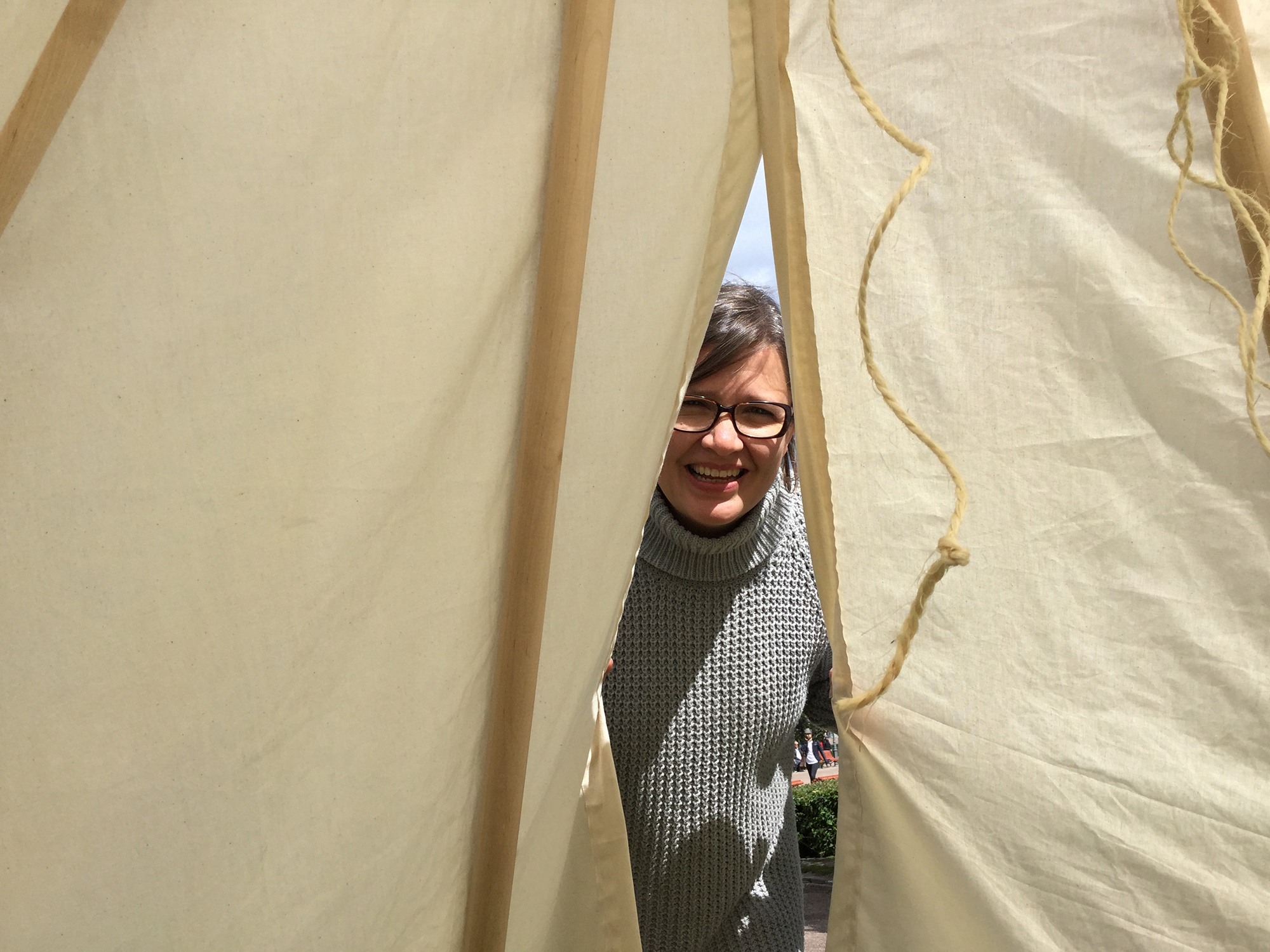
"Another observation I share with my former colleague is the concern that there are fewer and fewer architects working in architectural organisations. As an architectural educator, I think that everyone can and should, of course, talk about architecture. Still, I feel that the essence of architecture is somehow let go if architects themselves are not involved."
Even today, architecture policy plays an essential role in Archinfo's activities, but due to the changing operational environment, the 2022 strategy outlines that national coordination of architecture education is no longer at the heart of Archinfo’s operations. How does an architecture education expert see this change of direction?
"I think it’s a natural progression if the coordination was to move to the Museum of Finnish Architecture and the Design Museum, whose organisations will soon merge to form the new AD Museum and which already work on architecture and design education on a national level. However, Archinfo could enhance the visibility of architecture education, as it is good for schools, for example, to know that it exists," Jaana says.
"Children are often the best experts on their environment. Developing new ways of participation will bring out the honest truth we often hear from children, and we can use it to design a better environment. Architecture is a subject that we can very well discuss with children, and through architecture education, Archinfo could find new audiences."
It remains to be seen who will take on the role of the national coordinator for architectural education. In the next episodes of Archinfo's 10-year jubilee series, we will focus, in particular, on public events and international activities and turn our gaze towards the first big changes.
